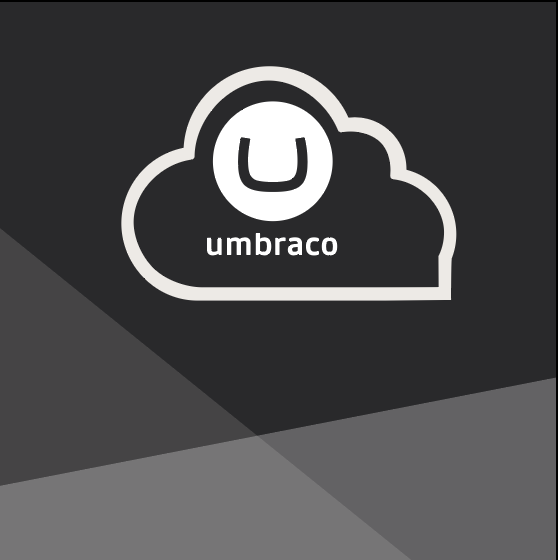Inbound Marketing Is a Strategy, Not a Tactic
Allison Casey Digital Marketing Director, Partner#Digital Marketing

Learn why Diagram decided to embrace inbound marketing when traditional marketing tactics weren't working.
Let’s ramp up our growth. We need more visibility in our industry. We need more leads. We want to work with clients that view us a partner, not just a vendor. More leads are great, but we need them to be closer to making a decision when we talk to them. We need to do things differently, but how?
Sound familiar?
As a marketer, our first task is often simply figuring out how to interpret these internal and, yes, sometimes vague goals into SMART goals that we can truly measure against. Knowing you need to change what you are doing for better results is one thing, but defining and measuring key metrics is crucial to making good decisions about your marketing strategy.
Diagram has been fortunate that our growth as a company can be attributed to glowing referrals and strong relationships from existing clients. About 2 years ago, we wanted to “ramp up our growth”. We had seen limited success with email campaigns, trade show participations, and networking events, but we knew we needed to explore other options.
In all transparency, we started with “tactics”:
- Let’s do some more Pay Per Click.
- Let’s fully optimize our content pages.
- Let’s do a site redesign.
- Let’s do MORE email campaigns with (gasp) purchased lists.
The results? Less than stellar. We were piecemealing different tactics without a focused strategy.
Then, after hearing HubSpot executive Mark Roberge speak about Inbound Marketing at Ektron’s 2012 conference, the light bulb went off. It wasn’t about tactics; it was about the overall strategy.
We had a ton of great content (we’d been blogging for 2+ years by then); we knew our success in the past was due to relationship building with clients from day one. So really, why shouldn’t an Inbound Marketing strategy of educating potential clients and establishing that relationship from an initial contact on our site work for us?
Well, it did.
Diagram went fully inbound in the beginning of 2013, and here’s what we’ve experienced since then:
- an increase in site visits by 131%.
- an increase in site conversions (aka leads) by 86%.
- an increase in organic search traffic of 256%.
- an increase in organic search conversions of 250%.
Plus, we’ve saved money by decreasing our PPC spend dramatically each month, since our organic conversions are much more valuable than investing in lists.
A successful Inbound Marketing strategy does take time to see results. Our results did not happen overnight. But we’ve been able to build a consistent and growing inbound lead funnel for ourselves, and we take great delight in doing the same for our clients. Practicing what we preach gives us more credibility, and it has allowed us to figure out the pitfalls and make the mistakes first, so we can guide our clients around them and give them sound advice and services to help turn their website into a #conversionmachine.
Related Posts

How to Budget for Digital Transformation
Optimize digital transformation budgets by aligning marketing, IT, and AI to enhance customer experience and efficiency.

How Umbraco Cloud Eliminates Technical Roadblocks and Empowers Marketers
How Umbraco Cloud Eliminates Technical Roadblocks and Empowers Marketers: focus on marketing instead of IT hassles to drive business growth effectively.
Results Matter.
We design creative digital solutions that grow your business, strengthen your brand and engage your audience. Our team blends creativity with insights, analytics and technology to deliver beauty, function, accessibility and most of all, ROI. Do you have a project you want to discuss?
Like what you read?
Subscribe to our blog "Diagram Views" for the latest trends in web design, inbound marketing and mobile strategy.
